- Category
- Life in Ukraine
Is Kyiv Safe to Live In? Why Millions Stay Despite Russian Air Threat
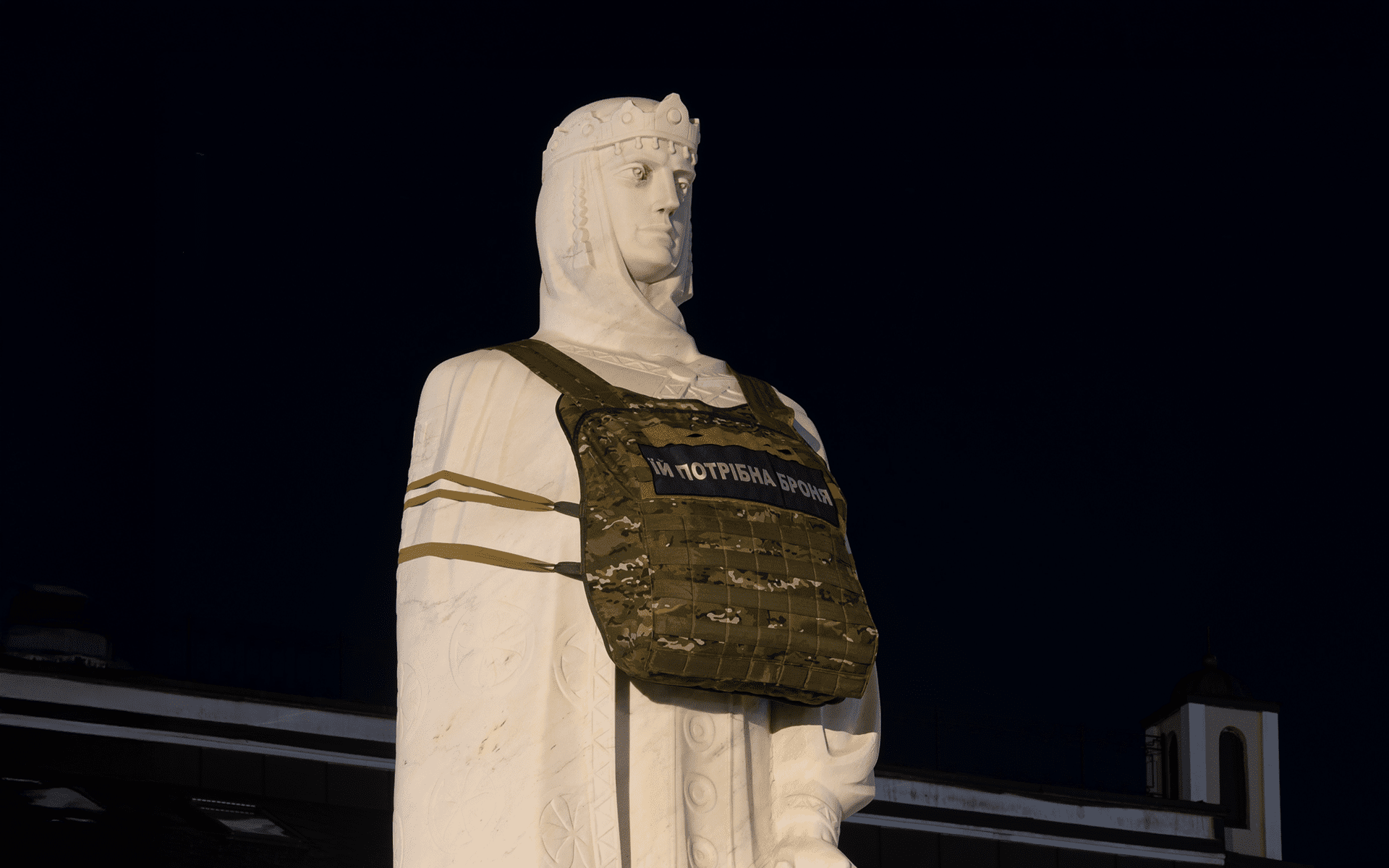
For many, it’s hard to imagine what life is like in a city under rocket fire. But for millions in Kyiv, it’s getting harder to imagine what life in a peaceful city used to feel like. Through the adaptation Russia’s war has forced on Kyiv, people have learned not just to endure but, at times, to live and even thrive under the hardest of circumstances.
One thing you notice in the early dawn hours in Kyiv: once the explosions subside and the air alarms go silent, the birds, who must have been sheltering somewhere too, in hollow trees or the quiet back alleys, start to chirp. Whether soothing or irritating to the sleepless residents below, it’s a familiar cue. Soon enough, they’ll leave their shelters and push through another day. For better or worse, Kyiv and its three million residents keep moving.

Ask any resident of Kyiv how many explosions they’ve heard over the past three years, and most will have lost count. But ask those same residents whether Kyiv is a safe place to live, and you’ll get some very mixed answers.
Because it’s complicated. In Ukraine, safety is relative. A frontline city like Zaporizhzhia faces daily bombardments; in Kyiv, drone and missile strikes are more sporadic. To an outsider, all of this might seem unlivable — but here, it’s life. Safety and comfort should be non-negotiable. In Kyiv, they aren’t guaranteed, but people refuse to surrender. They find ways to manage, endure, and sometimes even thrive in a reality that offers no promises, only the need to keep moving.
What about the missile attacks?
Kyiv is no stranger to long nights. But the early hours of June 10 were different: five hours of relentless bombardment shook the city awake. More than 315 drones and seven missiles came crashing toward the capital in one of the largest air assaults since the full-scale invasion began. Seven of Kyiv’s ten districts were hit. Fires tore through the city, smoke rose over the skyline, and centuries-old sites like St. Sophia Cathedral didn’t escape unscathed.
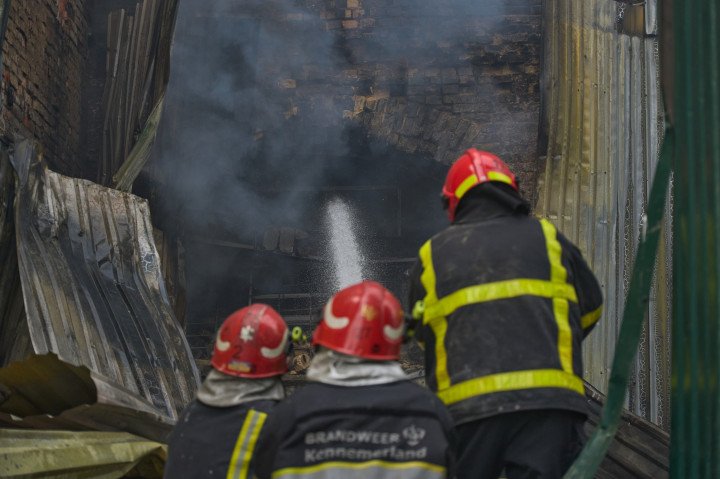
The city’s air defenses—stretched but determined—shot down the majority of incoming threats. Still, a woman was killed in the Obolon district, others were injured, and homes were destroyed. It was, as President Zelenskyy said, a grim escalation by the Russians.
But for many residents, it was also something familiar.
“It’s important for people who aren’t in Ukraine to understand that this isn’t a retaliatory strike,” Michael Dumler, an American volunteer who traded a thriving photography career in Los Angeles for life in Kyiv with a bulletproof vest and a suitcase, told us. He now leads Task Force 31, a nonprofit that trains Ukrainian soldiers. “This is what Russia has been doing all along. Constant bombardment of civilians and civilian infrastructure. It’s not new. It’s how they wage war.”
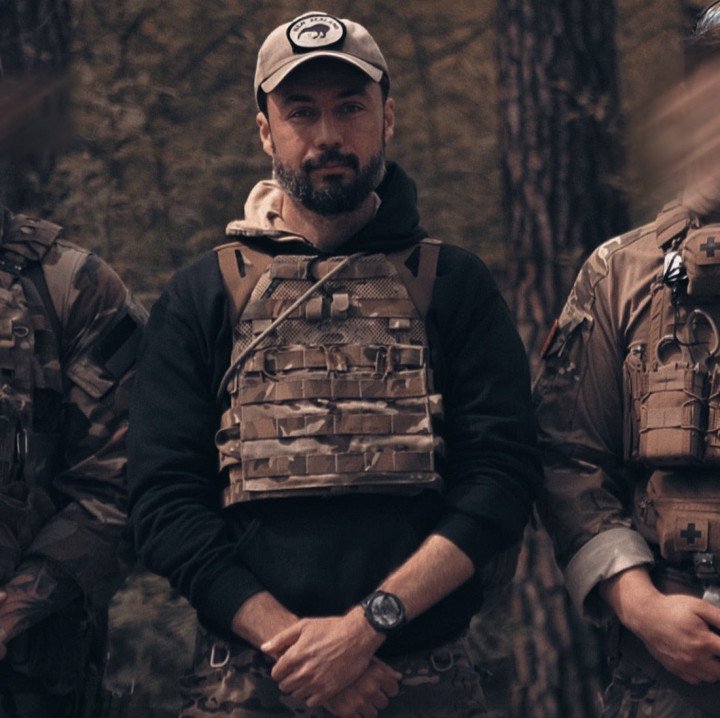
Dumler describes the rhythm of life here with a stark honesty: “We’ve become used to it here, but that doesn’t make it normal. You go to bed wondering whether to try to sleep or get up and go to the shelter so you’re not exhausted for work the next day. I chose to come here. I choose to stay. But I also know I have the privilege of being able to leave. Most Ukrainians don’t have that choice.”
“Russia’s attacks eat away at people. Every day, families are torn apart, homes are destroyed, and lives are upended. Yet every morning people still get up and keep going… In all my life, I’ve never seen a more resilient people.”
A city of growth
If you spend enough time in Kyiv, you start to notice something that doesn’t always make it into headlines: the city is growing. And not just surviving — it’s building, adapting, inventing. Ukraine’s economy, which collapsed by nearly 30 percent in 2022, clawed back with 5.3 percent growth in 2023 and climbed another 3.6 percent in 2024.
But you don’t need charts to feel it — just walk around. Scaffolding props up apartment blocks, new cafés open in backstreets, creative agencies and IT firms ship code to global clients, and defense-tech startups churn out drones and cyber-defense tools.
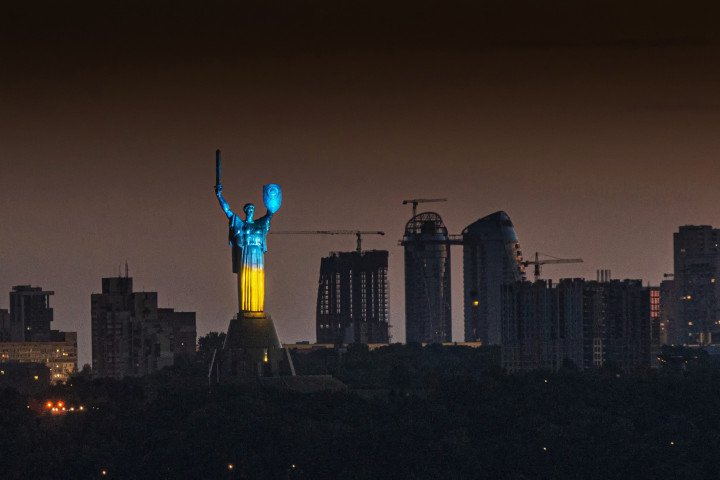
And many of the people driving that resilience aren’t Kyiv natives. By late 2024, Ukraine had more than 4.6 million internally displaced people (IDPs), up from 3.7 million in 2022. Kyiv absorbed a major share, between 250,000 and 450,000 people. With Kyiv’s pre-war population just under 3 million, that means IDPs now make up 8 to 15 percent of the city. Many have started new businesses—bakeries, tech firms, small manufacturing—reshaping both the economy and the city’s cultural identity.
Oleksandr Oster, an artist, curator, and IDP from Odesa, captured this shift in spirit. “I moved from Odesa three months after the full-scale invasion. My family went to the mountains, and I volunteered in the Mykolaiv region. At some point, it became clear we might get cut off entirely—the bridges were down, and I couldn’t leave as a man through Moldova. So I moved west to Zakarpattia and began organizing charity exhibitions for Ukrainian artists.”
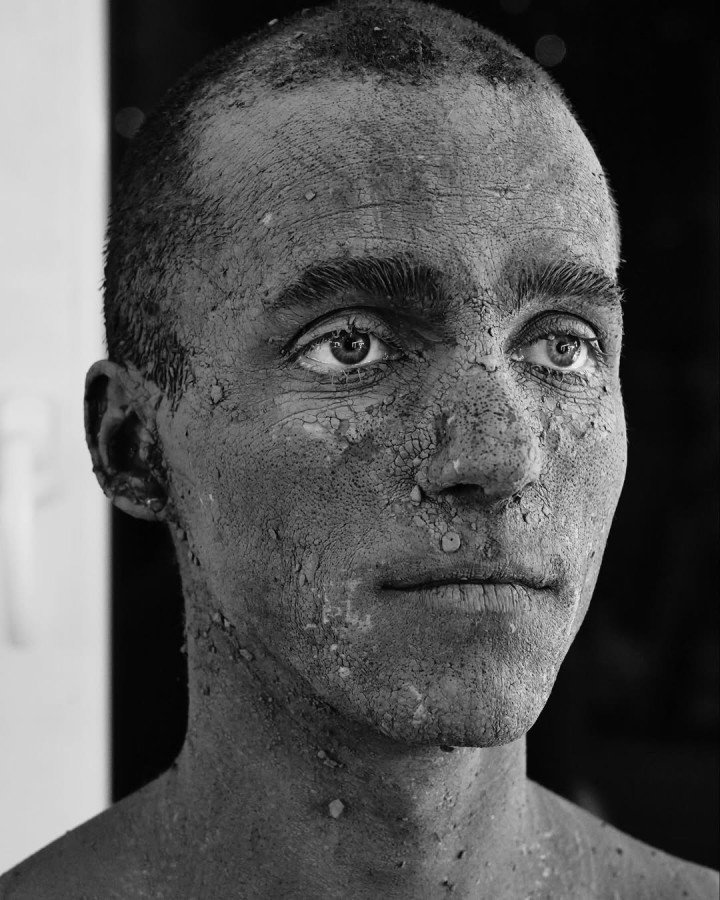
But cultural infrastructure in cities like Odesa and Uzhhorod was not the same. Key figures and businesses moved on, and many were left discouraged. But in Kyiv, the momentum returned.
“When we held exhibitions in Kyiv, we saw enormous support,” said Oster. “Many of those same ‘important’ people have come here. Kyiv now feels like a Babylon within Ukraine — music, visual art, art business, cultural restoration, and a new national identity. All of it is being created here. Even despite the economic crisis, despite the shelling, despite the death.”
But is it safe, though?
For a city with a metro population of around 3 million, Kyiv is the 11th largest city in Europe, behind metropolises like London, Paris, and Berlin. It is the heartbeat of Ukraine’s economy, and its inhabitants are tasked with keeping it moving every day. Kyiv is also heavily defended, but everything has its limits, and this month has shown that.
And Kyiv’s safety, such as it is, is no accident. It’s the result of constant, adaptive effort. The city is blanketed by one of the densest air-defense networks in Europe: Patriots, IRIS-Ts, NASAMS, SAMP/Ts, and modern Gepard-like anti-drone turrets guard the skies. A network of digital monitoring channels provides real-time alerts, giving residents precious minutes to reach shelter. And Ukraine’s famously wired society means that even in parking garages or metro stations, life continues: meetings, classes, transactions. As long as you’ve got a phone signal, you’re online and working.
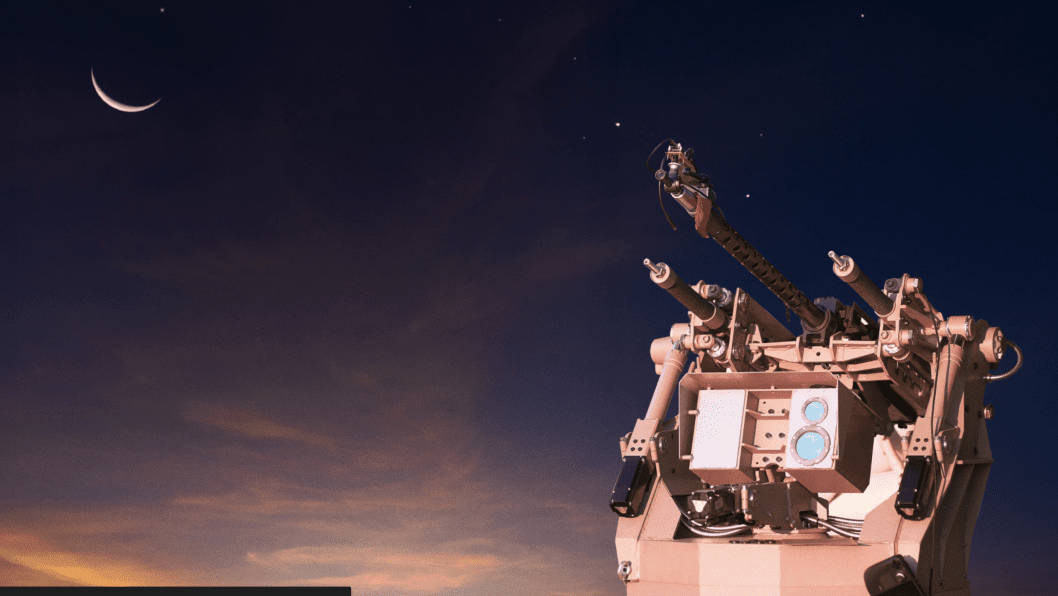
But air defense alone doesn’t make life livable. Kyivans do the rest themselves. It’s a culture of everyday readiness. People keep generators in their homes and businesses in case the power goes out. Families sleep on mattresses in hallways or basements during major attacks, while some people keep beds permanently set up in parking garages, ready to camp out when needed.
It’s common to see people carrying power banks and first aid kits everywhere; some even bring pre-packed pet carriers for shelter runs. Blood donations and crowdfunding for air defense systems have become routine acts of civic life. And when a missile hits, volunteers—ordinary Kyivans—show up to help clear rubble, deliver supplies, and care for the wounded. No one waits for someone else to do it.
That said, Ukrainians in Kyiv are not living underground, nor are they in a permanent fetal position. The city is damaged; its scars are visible everywhere, and in everyone. People still visit bomb shelters and spend nights in parking garages. Every single person here has been touched by the war. But life goes on. People keep their routines and make the best of each day. Cafés are open, serving the city’s millions of working-class residents. Bars welcome those looking for a brief reprieve.
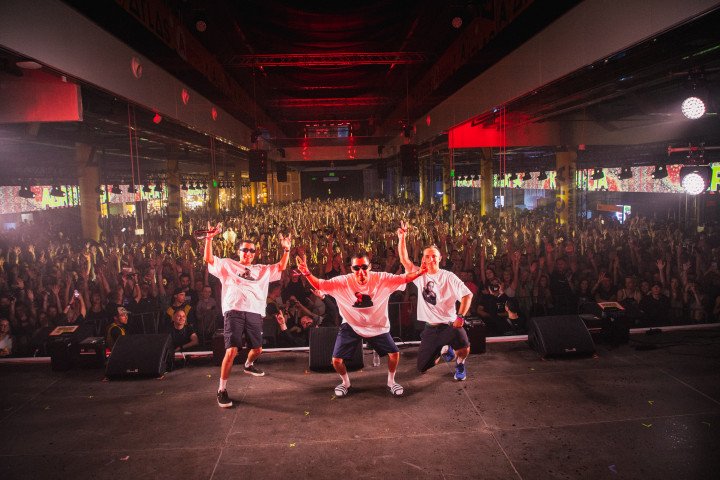
To some, this might seem strange, as if the war is somehow invalidated by a music festival held in an underground parking lot (ask yourself why), or a rave donating its cover charges to support the military. But the opposite is true. The people of Kyiv—working-class citizens expected to perform every day under extreme circumstances—still find time to be human.
Ukraine, and Kyiv especially, lives in a gray zone, blurred by three years of brutal adaptation. The world is uncertain, and Kyiv’s situation is precarious. But there is no other option but to move forward and to celebrate every fleeting moment of calm and respite. Maybe one day, you can just come see it for yourself.

-b63fc610dd4af1b737643522d6baf184.jpg)

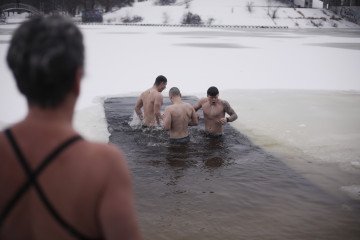
-554f0711f15a880af68b2550a739eee4.jpg)
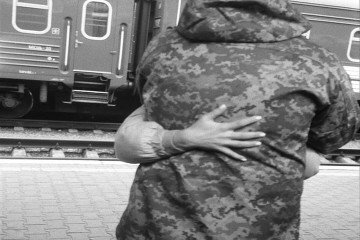
-ba02b3bc86f0b624f99115809a6a34d0.jpg)

-73e9c0fd8873a094288a7552f3ac2ab4.jpg)